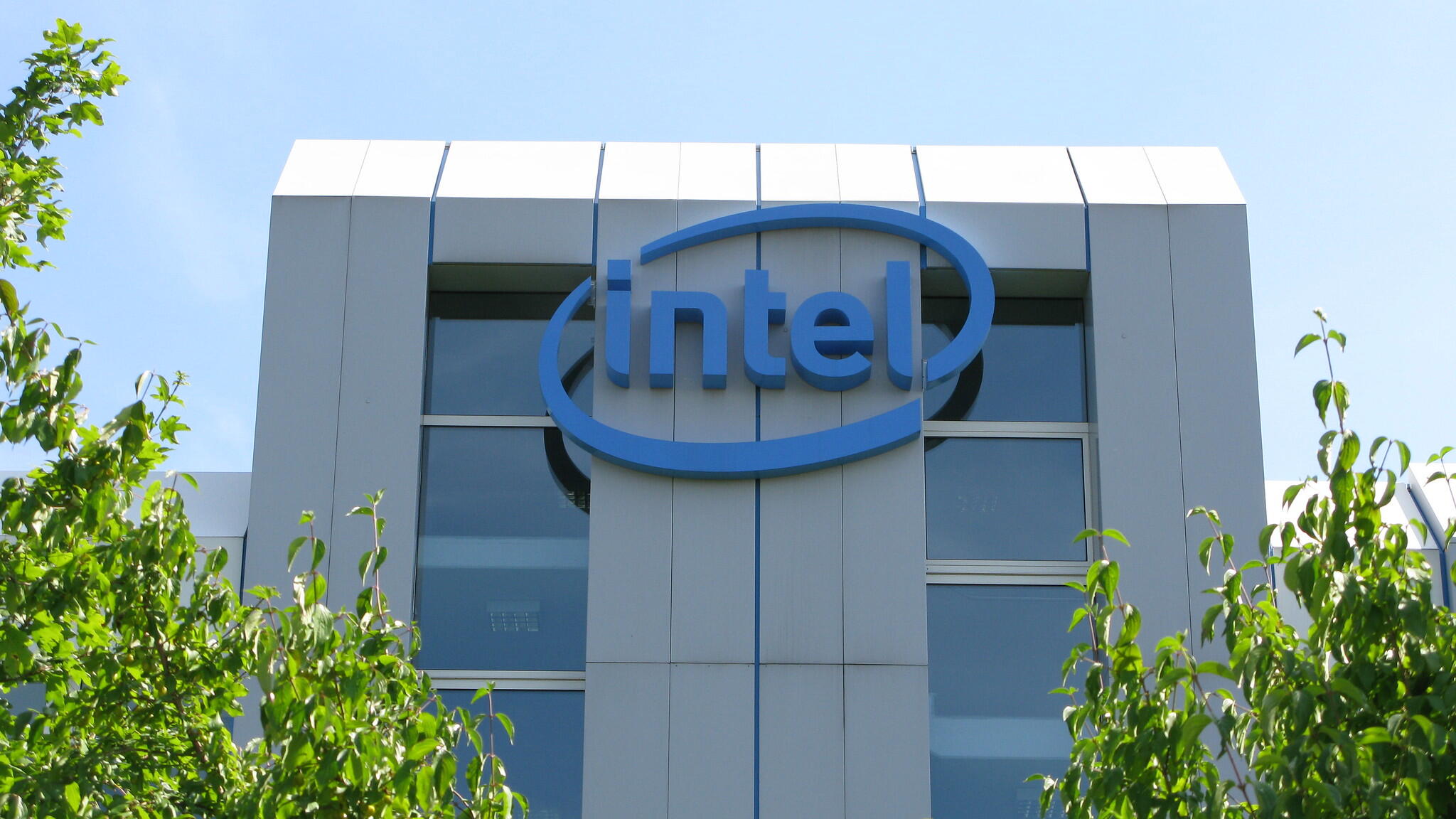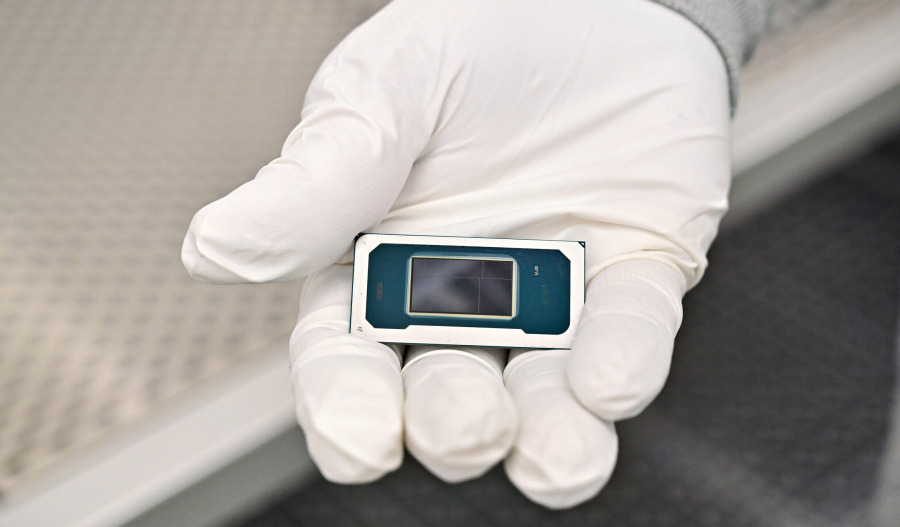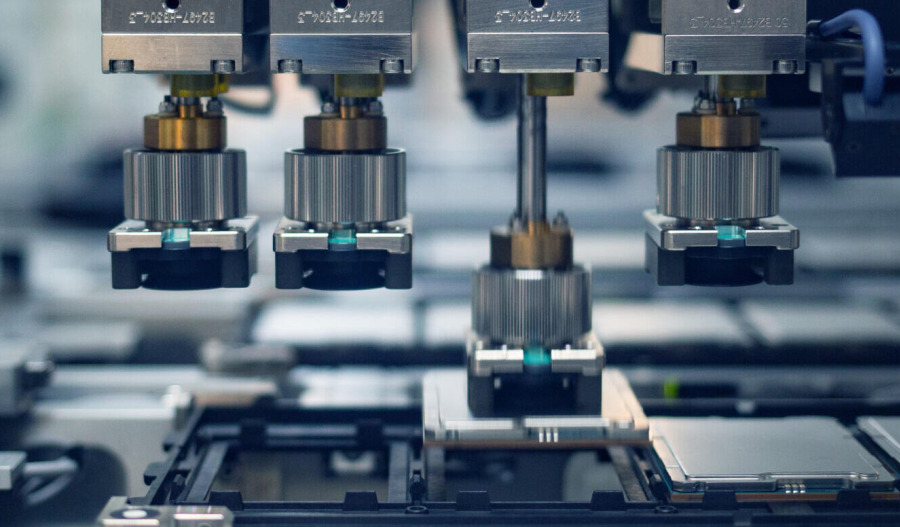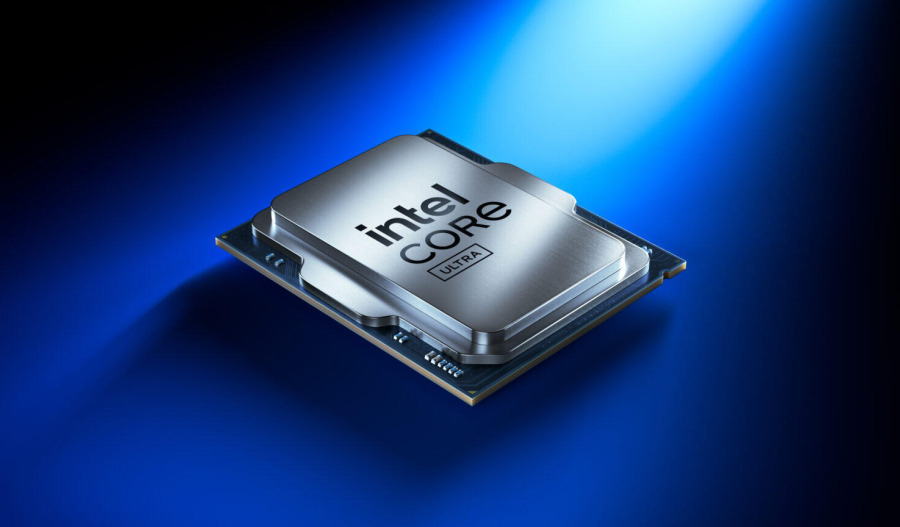Intel shares surged 7.2% in after-hours trading on Thursday (Friday AEDT), bringing year-to-date gains to 88.6% after the chipmaker reported stronger-than-expected earnings and reaffirmed growing demand across its portfolio, aided by new partnerships and government investment.
The company posted earnings per share of $0.23, far exceeding the $0.02 expected, while revenue came in at US$13.65 billion compared with expectations of $13.2 billion.
Intel recorded a per-share loss of 37 cents in the quarter to account for shares in escrow that will be released to the U.S. government as part of its $8.9 billion investment. The Trump administration negotiated the deal in August, purchasing 433.3 million shares at $20.47 per share.
Intel CEO Lip-Bu Tan said: “AI is accelerating demand for compute and creating attractive opportunities across our portfolio, including our core x86 platforms, new efforts in purpose-built ASICs and accelerators, and foundry services. Intel’s industry-leading CPUs and ecosystem, along with our unique U.S.-based leading-edge logic manufacturing and R&D, position us well to capitalise on these trends over time.”
Chief financial officer David Zinsner added: “We took meaningful steps this quarter to strengthen our balance sheet, including accelerated funding from the U.S. Government and investments by NVIDIA and SoftBank Group that increase our operational flexibility and demonstrate the critical role we play in the ecosystem.”
Intel said it met with the Securities and Exchange Commission to approve its accounting approach for the government’s stake, but has yet to receive confirmation due to the ongoing federal shutdown.
The company noted that it may revise its results in the future.
“We are fully committed to advancing the Trump administration’s vision to restore semiconductor production and proudly welcome the US government as a essential partner in our efforts,” Tan told investors on an earnings call.
In September, Intel also secured a $5 billion investment from former rival Nvidia. Under that agreement, the two companies will integrate Intel’s central processing units (CPUs) with Nvidia’s artificial intelligence graphics processors, which currently account for roughly 90% of the AI chip market.
The new funding and partnerships represent a major boost for Intel, which has struggled to maintain market share in PC and server processors against competitors such as Advanced Micro Devices. Intel has also faced difficulties in breaking into the fast-growing AI chip segment dominated by Nvidia.
Intel reported that demand for its chips outpaced supply, a trend it expects to continue through 2026.
The company’s products group generated $12.7 billion in sales, up 3% year over year, with $8.5 billion from its Client Computing Group, which includes PC and laptop chips.
Data centre CPU sales declined 1% to $4.1 billion.
The company has undergone a major restructuring under Tan, with its workforce now over one-fifth smaller than a year ago.
The company said its headcount fell to 88,400 employees, down from 124,100 a year earlier.
The CEO has pursued aggressive cost cuts and divestitures after former chief executive Pat Gelsinger’s foundry expansion strategy led to Intel’s first annual loss since 1986.
Intel forecast fourth-quarter revenue between $12.8 billion and $13.8 billion, with an expected GAAP loss of $0.14 per share and non-GAAP earnings of $0.08 per share.
The guidance excludes Altera, following the sale of a majority stake in the third quarter. Markets had expected $13.37 billion in revenue.
Investors remain focused on the future of Intel Foundry, which manufactures chips for both Intel and external clients.
The division, requiring an estimated $100 billion in capital investment, has yet to secure major external customers. Intel said it began producing its most advanced chips in Arizona during the quarter.
The foundry reported $4.2 billion in quarterly sales, down 2% year over year, all of which came from Intel’s internal chip production.
As of 9:30 am AEDT (10:30 pm GMT), Intel (NASDAQ: INTC) stock was trading 7.2% higher than Thursday's close of US$38.16.



